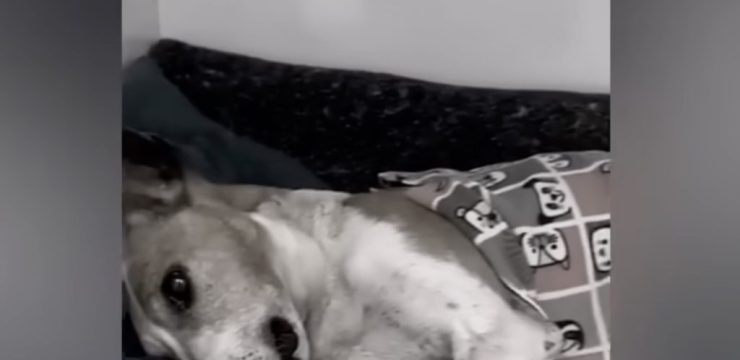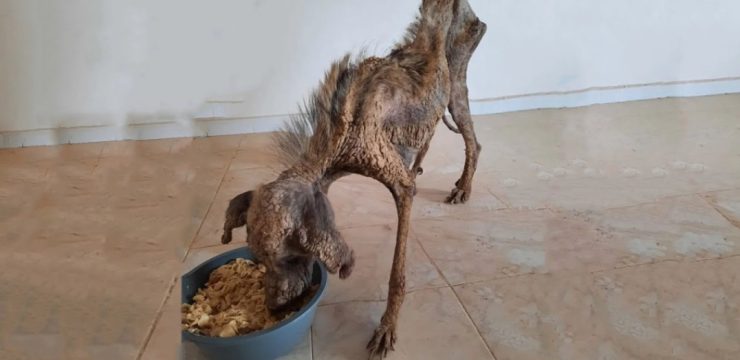Ever since I was little, the thought of something hiding under my bed has followed me like a shadow. It wasn’t just an ordinary childhood fear—it felt deeper, like a quiet echo that grew with me over the years. The creak of the old wooden floorboards, the way the nightlight cast long, trembling shadows across my room, or the faint rattle of the window when the wind picked up—all of it made bedtime feel like a nightly test of courage. I’d pull the blanket over my head and whisper to myself that monsters weren’t real. Adults always said it was just my imagination. Still, that fear never really went away.

As I grew older, I tried to reason it out. Of course, there was nothing under the bed—just a few forgotten toys, maybe a missing sock, or the inevitable layer of dust that no cleaning routine could fully erase. But sometimes, especially on nights when the house was too quiet or when I was feeling particularly uneasy, that same childhood dread returned. It would creep in slowly, a familiar chill running through my spine. It made me wonder if certain fears never truly disappear but simply settle deep within us, waiting for the right moment to resurface.
Last night, that fear came back stronger than ever. I had just turned off the lights and was drifting toward sleep when I heard something strange. At first, it was soft—like the faint rustle of fabric brushing against itself. I froze instantly, my ears straining to catch the sound again. For a second, I thought maybe it was just the sheets shifting as I moved, but then it came once more. This time, it was clearer—more deliberate—as if something beneath my bed was trying to make itself known.
My heart started racing, each beat echoing in my ears. I tried to stay logical. Maybe it was just the old house settling, or a small draft nudging something on the floor. But logic only carried me so far. That small voice from my childhood whispered, What if it’s real this time? What if my lifelong fear wasn’t just imagination after all? The thought of something actually being under the bed sent an icy wave through my body.
I debated what to do next. A part of me wanted to leap up, turn on the light, and prove once and for all that there was nothing there. Another part of me, the one still clinging to childhood superstitions, urged me to stay put, to keep still, to pretend I hadn’t heard anything. Fear and reason wrestled inside me until curiosity won.
With trembling hands, I reached for my phone on the nightstand. The soft blue glow of the screen cut through the darkness. I switched on the flashlight, took a slow breath, and leaned over the edge of the bed. For a moment, I just hovered there, staring into the black void below, my pulse thundering. Finally, I aimed the beam of light under the bed.
Relief flooded through me almost instantly. Nothing was there—just a couple of dust bunnies and an old sock I had lost months ago. The empty space should have made me feel completely safe again, but it didn’t. Instead, a subtle sense of unease lingered, as though something unseen still hovered nearby. I realized then that the real “monster” wasn’t under the bed—it was in my mind. It was a reminder of how powerful our thoughts can be, and how deeply our earliest fears can root themselves within us.
As I lay back on my pillow, I began to think about how universal this feeling is. Almost everyone, at some point, has been afraid of what might be lurking in the dark. For children, that fear often takes the form of monsters or shadows. For adults, it evolves into more rational worries—about safety, the future, or the unknown. Yet the sensation remains the same: a pulse of tension that keeps us alert, the mind instinctively preparing for danger even when none exists.
Psychologists often explain this as an ancient survival instinct. Long before we had locks on doors and streetlights outside, humans needed to stay cautious after dark. Real dangers once did lurk beyond the firelight—wild animals, strangers, the unknown. Even now, in our modern, well-lit homes, that instinct hasn’t completely faded. A faint creak, a sudden silence, or a shifting shadow can still trigger that primal response. It’s not weakness—it’s evolution.
What struck me most about last night was how quickly imagination can transform reality. A tiny sound became a possible intruder. A shadow stretched into something menacing. It wasn’t what was actually there that frightened me—it was what my mind imagined might be. That realization was humbling. It reminded me that fear is not always about the world outside but often about the one we create within.
By morning, the fear seemed foolish. The sunlight poured through the curtains, filling every corner of the room with warmth and calm. My bed, my furniture, everything looked perfectly normal. It was hard to believe that just hours before, I’d been too afraid to move. And yet, that experience stayed with me—not because I truly believed something had been hiding there, but because it reminded me that fear is part of being alive. It doesn’t make us fragile; it makes us aware.
So what can we do about these lingering childhood fears? The practical answer is simple: keep the area under the bed clean, remind ourselves that our homes are safe, and accept that strange noises are part of everyday life. But the deeper truth is this—fear will always exist in some form. What matters is not erasing it but understanding it. When we face it instead of denying it, we learn something powerful about ourselves.
The truth is, childhood fears never really vanish. They change shape as we grow, blending into adult anxieties about the world, the future, or even our own thoughts. But sometimes, when the night grows still and shadows stretch across the floor, those fears return—quietly, persistently—just to remind us they’re still there. And when that happens, most of us can’t resist doing what we’ve always done since we were kids: taking one last look under the bed, just to be sure.




